
In the early years of the 20th century, the struggle movement of the Lao Cai people temporarily subsided. In the document “Lao Cai Monograph”, from 1886 to 1889, the two sections “military events” and “warfare” were meticulously recorded, but from 1900 to 1911, the sections on “road construction”, “trade”, “schools”, “projects”… were mentioned more. The situation in Lao Cai as well as the situation on the Lao Cai - Yunnan border gradually stabilized. This was a condition for the French colonialists to switch from military rule to civil rule, establishing the civil province of Lao Cai.

Thus, to turn Lao Cai into a civil province, it is necessary to start from the relatively stable situation of Lao Cai, but that is only a secondary condition. The more important condition is that the location of Lao Cai becomes more and more strategic, playing the role of a gateway to China for the French colonialists. Since the first colonial exploitation plan was launched, the position of Lao Cai has been increasingly promoted.
In December 1897, the Supreme Council of Indochina agreed to build a railway from Hai Phong to Hanoi up to Lao Cai and into Yunnan - China. On September 14, 1898, the Supreme Council of Indochina decided that the Hai Phong - Hanoi - Lao Cai to Yunnan route was one of the priority routes for investment and construction. With the commencement of the Hai Phong - Hanoi - Lao Cai - Yunnan railway, the Lao Cai area became even more important.

In early 1899, the Governor-General of Indochina - Paul Doumer personally came to Lao Cai and Yunnan to explain the importance of the railway to the Chinese authorities. From 1901 to February 1, 1906, the Hai Phong - Hanoi - Lao Cai railway was built and put into operation. Thanks to the railway, Lao Cai was connected to the Northern Delta and Hai Phong estuary. Thanks to its location at the bridgehead opened by railway, Lao Cai had more conditions to bring goods into the vast Yunnan region. Thus, Lao Cai had all 3 factors to establish a civil province: The railway connecting Lao Cai (through the Lao Cai bridgehead) connecting the vast Yunnan region with the North and Hai Phong estuary; the situation in Lao Cai was stable; the relationship between Lao Cai and Yunnan was harmonious, and bandits and robbers invading the border area were eliminated.
Besides these factors, by 1907, Lao Cai also achieved many results in building the civil infrastructure of the province, building essential facilities of the provincial capital.


In the spring of 1899, Ho Kieu bridge connecting Lao Cai with Ha Khau across Nam Thi river was built. In June 1900, the headquarters of Dao Quan Binh, later the residence of the consul, was inaugurated. In particular, on February 22, 1902, the decree of the Governor's Palace to build the Lao Cai urban center was issued, further accelerating the construction speed. A series of other civil works were built such as Lao Cai market (inaugurated on March 5, 1903), Lao Cai Square (October 1905), Coc Leu market (inaugurated on November 26, 1905)... In 1904, the French colonialists initially paid attention to the overall planning of Lao Cai urban center. This center was expanded to the right bank of the Red River with Coc Leu area and expanded to the South with Pho Moi area. The planning and construction of Lao Cai urban area has created the premise for the development of Lao Cai province's provincial capital in the future.

On July 12, 1907, the Governor-General of Indochina issued a decree to abolish Lao Cai Military Region No. 4 and change it to Lao Cai Civil Province. July 12, 1907 became the founding date of Lao Cai Province.

The decree does not specify the area, population, and administrative units of Lao Cai province. At this time, to find out this basic information requires consulting many sources of documents.

Regarding the administrative units under the Lao Cai civil province, Decree No. 288 on the establishment of Lao Cai province only states: "Article 1: The 4th Military Region, from August 1, 1907, will be converted into Lao Cai civil province". The 4th Military Region according to the Decree dated November 28, 1905 of the Governor-General of Indochina from January 1, 1906 will include 3 centers: Bac Ha Center (Ngoc Uyen commune); Coc Leu Center (Trinh Tuong, Dong Quan, Ngoc Phuoc, Nhac Son, Cam Duong, Gia Phu and Huong Vinh communes); Phong Tho Center (Phong Thu and Binh Lu communes).
But in 1908, in some French documents, two districts, Thuy Vi and Bao Thang, appeared as districts directly under Lao Cai province. On February 1, 1908, the Governor-General of Indochina issued a Decree merging Xuan Quang, Xuan Giao and Lao Cai communes.
In 1924, Ngo Vi Lien and authors Do Dinh Nghiem and Pham Van Thu compiled the work "Geography of the Northern provinces" and still recorded the two districts of Thuy Vi and Bao Thang as administrative units of Lao Cai province.
In 1926, in the work "Administrative units in Bac Ky", Ngo Vi Lien wrote that Lao Cai had 7 administrative units: Chau Bao Thang; Muong Khuong agency; Pa Kha agency (Bac Ha); Chau Thuy Vi; Bat Xat agency; Phong Tho agency; Sa Pa area...

On December 15, 1930, the Lao Cai envoy issued a document listing all administrative units of Lao Cai province. The statistics table clearly stated that Lao Cai had 2 districts, 4 agencies, 1 residential area with 27 communes, 2 streets, 679 villages, neighborhoods, and hamlets.
Thus, Lao Cai province was established on July 12, 1907, but it was not until 1930 that its administrative units were stabilized.
Regarding the population and ethnic groups of Lao Cai province, it is reflected in statistical data from different periods. The earliest published area of Lao Cai province was in 1924 (in the work "Geography of the Northern Provinces", according to author Ngo Vi Lien, Lao Cai has an area of 4,625 km2 , with a population of 38,000 people).

According to statistics on January 1, 1930, Lao Cai had 45,513 people including 24 ethnic groups.
Thus, Lao Cai province was established on July 12, 1907, which is 117 years ago. But to have the process of establishing a provincial administrative unit, Lao Cai has gone through a long period of time from district to district unit, from military regime to civil regime.

If we take the time of the appearance of Dan Duong and Chu Quy Chau in the Trinh Nguyen era, 8th year of the Tang Dynasty, Lao Cai has been established for 1,232 years. If we take the time of the establishment of Thuy Vi and Van Ban districts in the 10th year of Quang Thai, Tran Dynasty, Lao Cai is 627 years old.

But whether established in ancient, medieval or modern times, Lao Cai is still a solid land, a bridgehead connecting the Red River valley with Yunnan - China. From its position as a bridgehead, an outpost, Lao Cai is striving to develop.
* The article uses images from documents stored at Lao Cai Provincial Museum.
Presented by: Hoang Thu
Source



![[Photo] Ministry of Defense sees off relief forces to the airport to Myanmar for mission](https://vstatic.vietnam.vn/vietnam/resource/IMAGE/2025/3/30/245629fab9d644fd909ecd67f1749123)
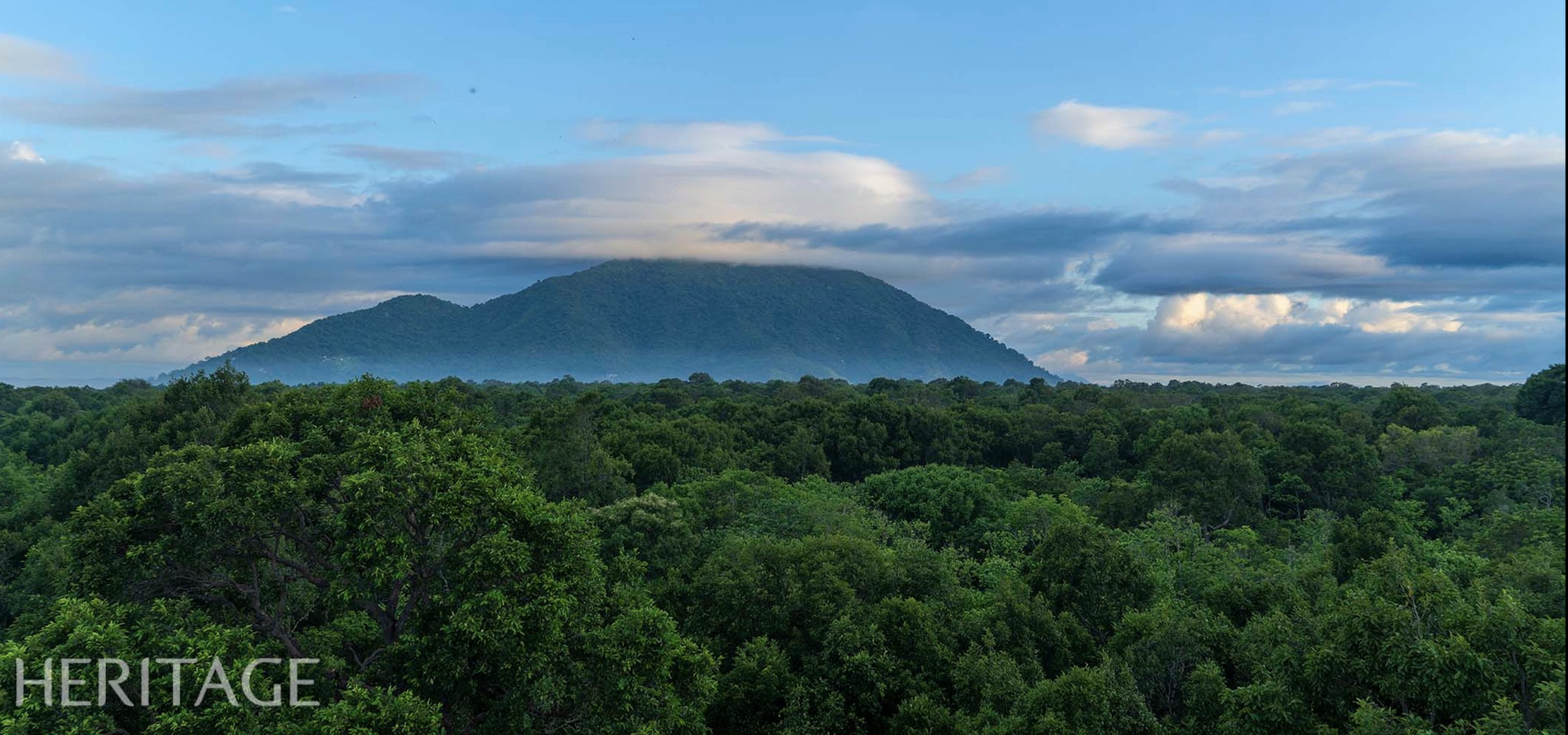


![[Photo] Prime Minister Pham Minh Chinh chairs meeting to remove difficulties for projects](https://vstatic.vietnam.vn/vietnam/resource/IMAGE/2025/3/30/7d354a396d4e4699adc2ccc0d44fbd4f)
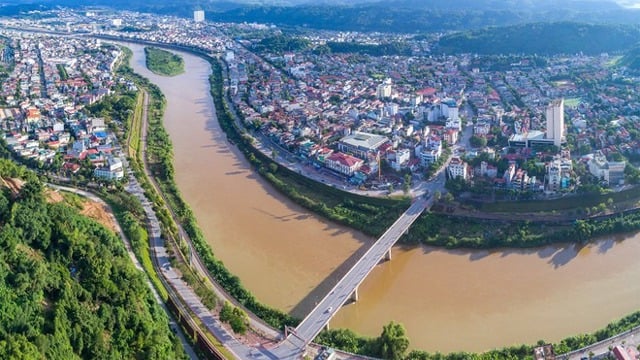

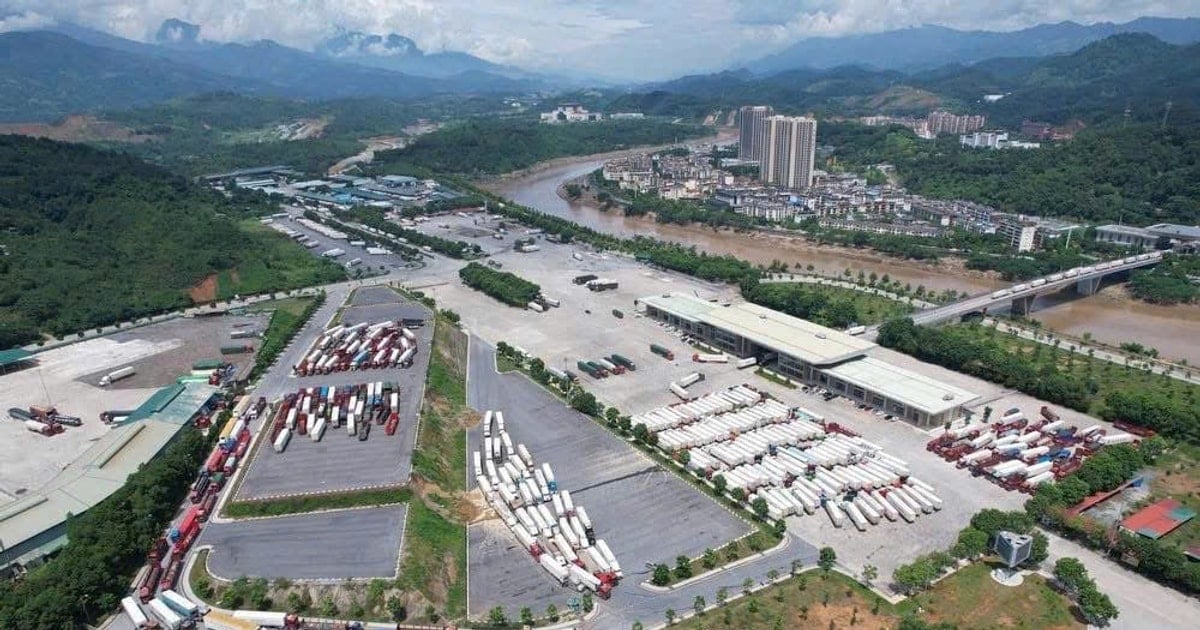

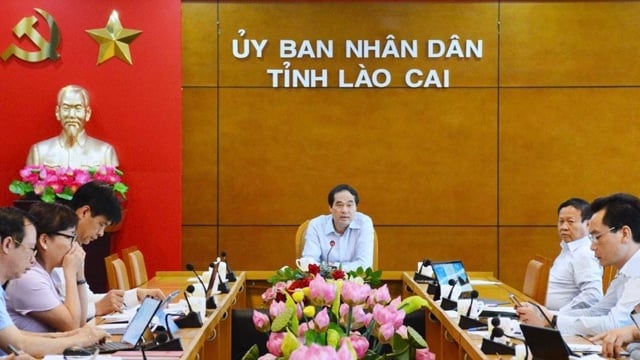
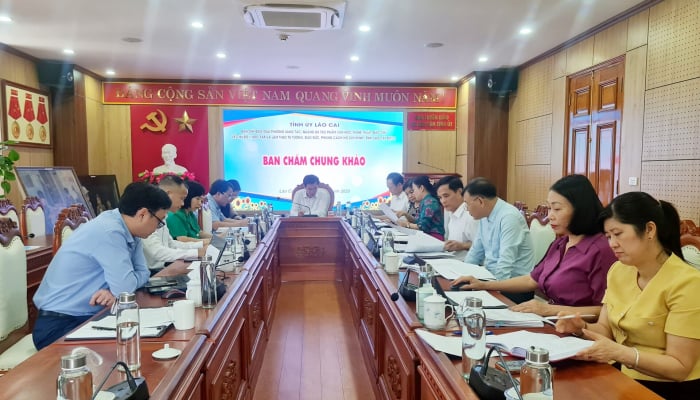


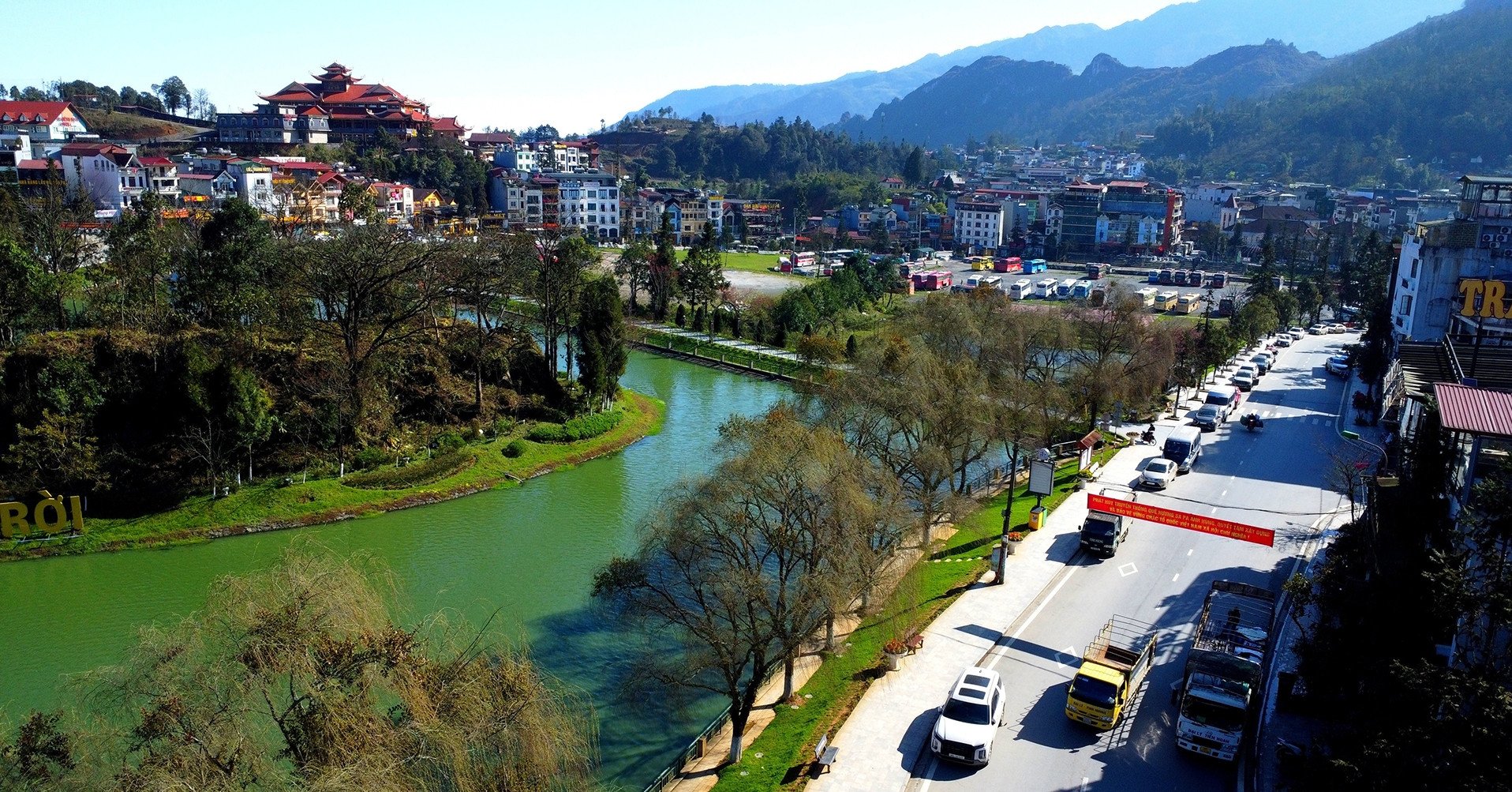


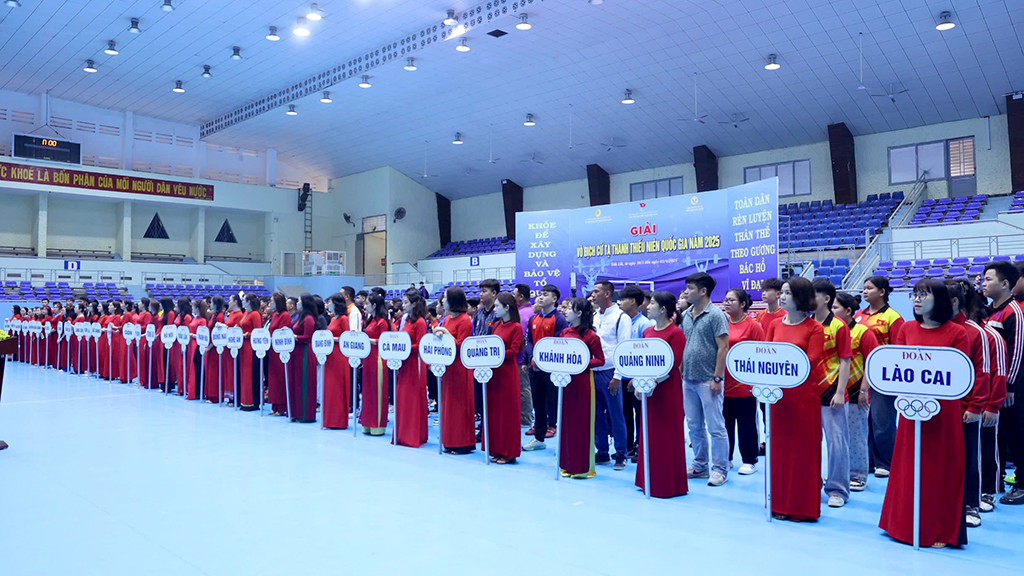
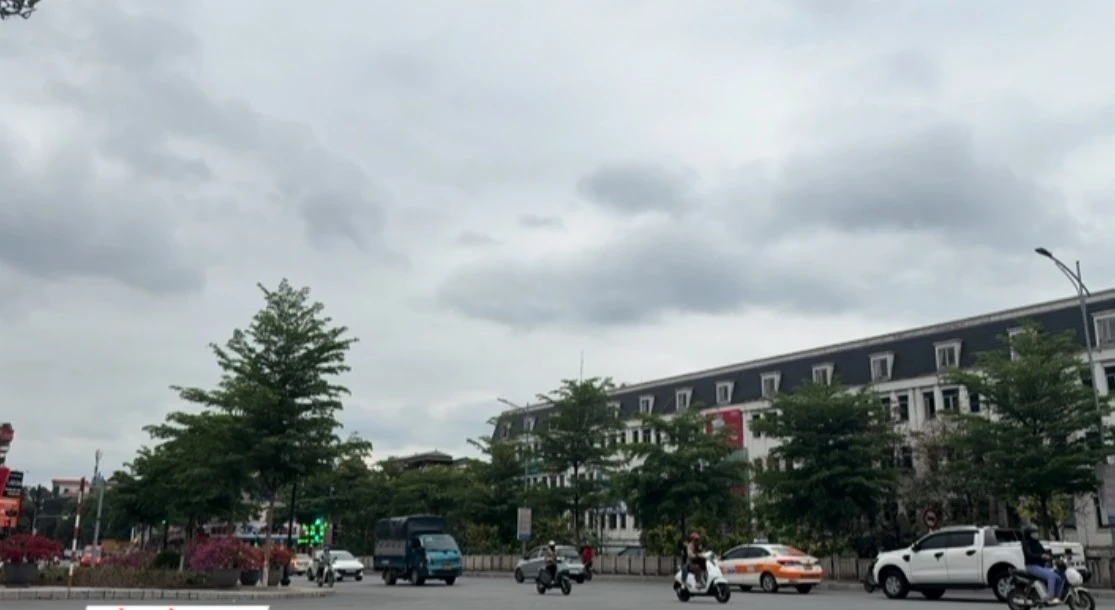

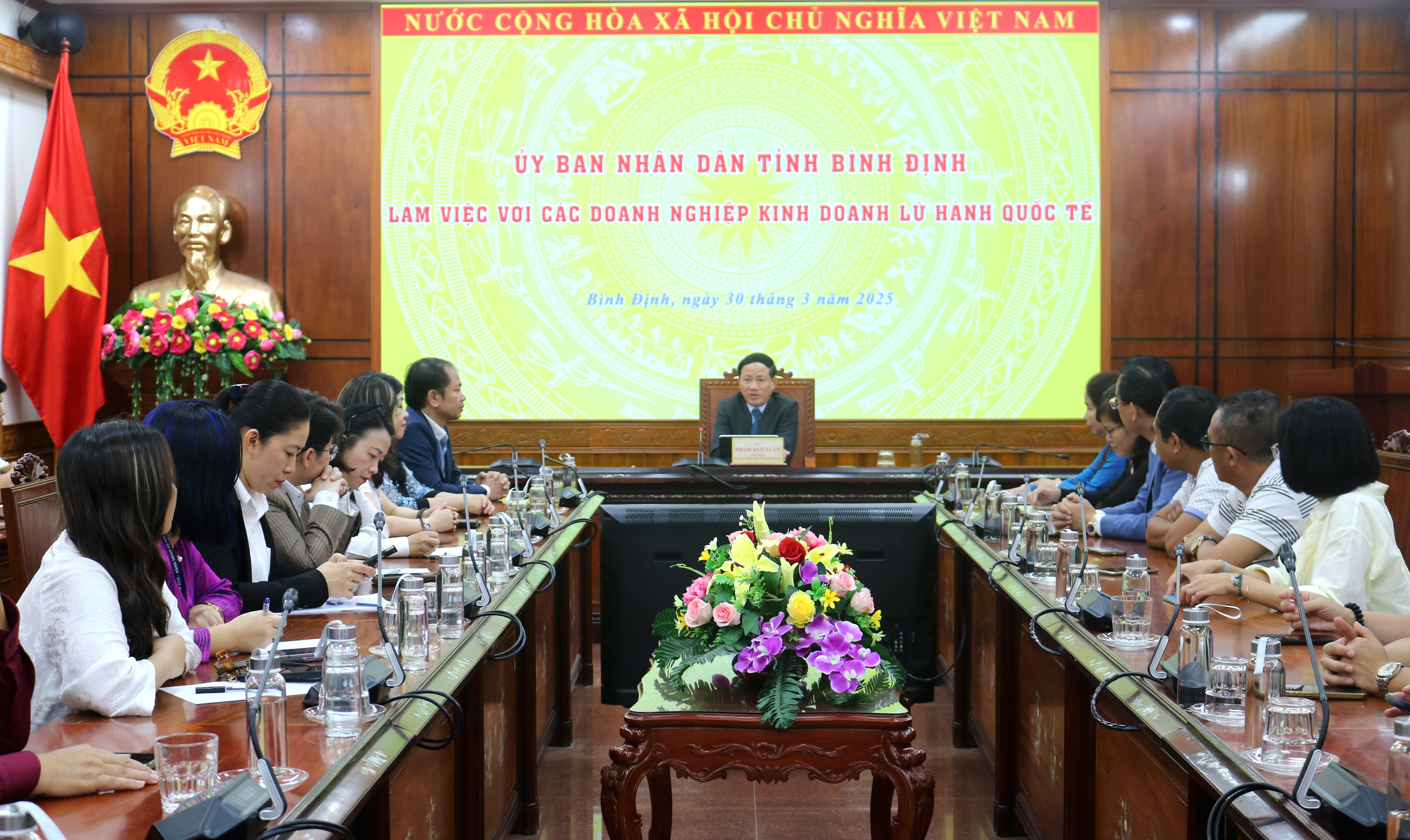




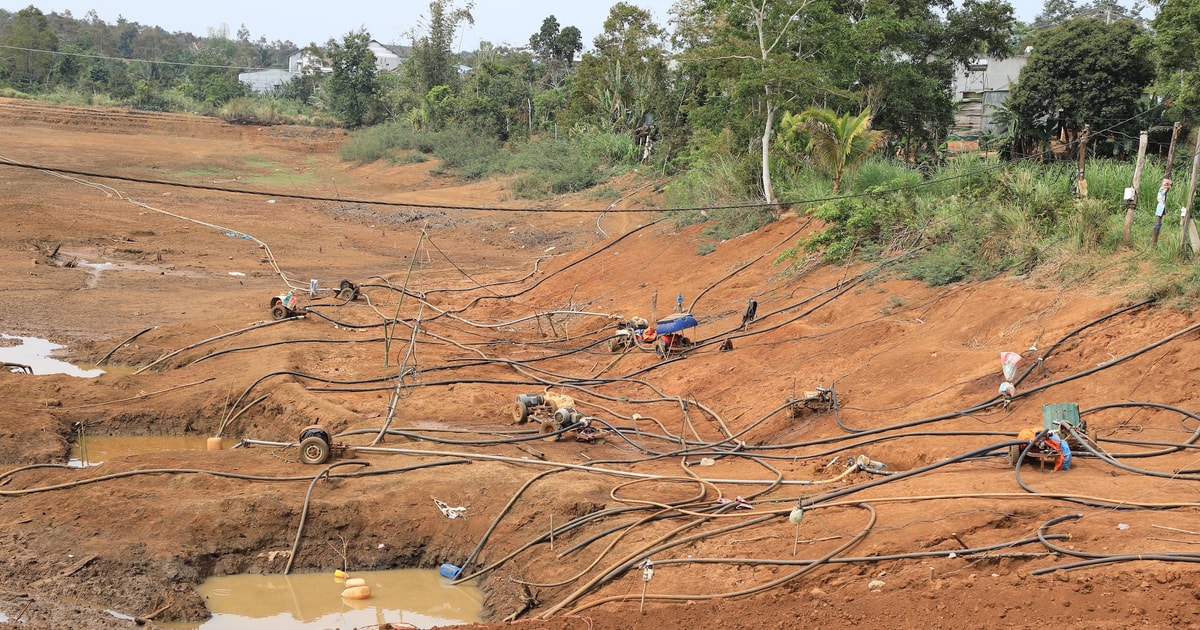
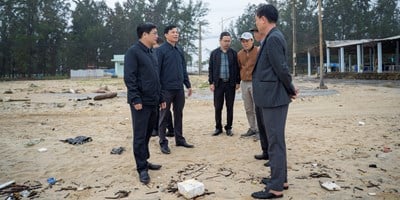


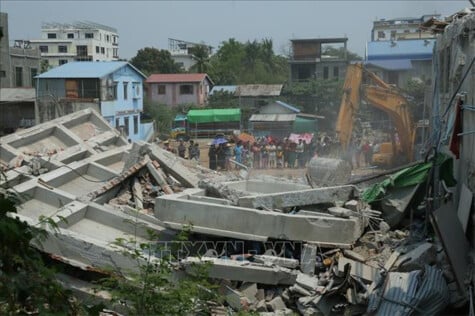
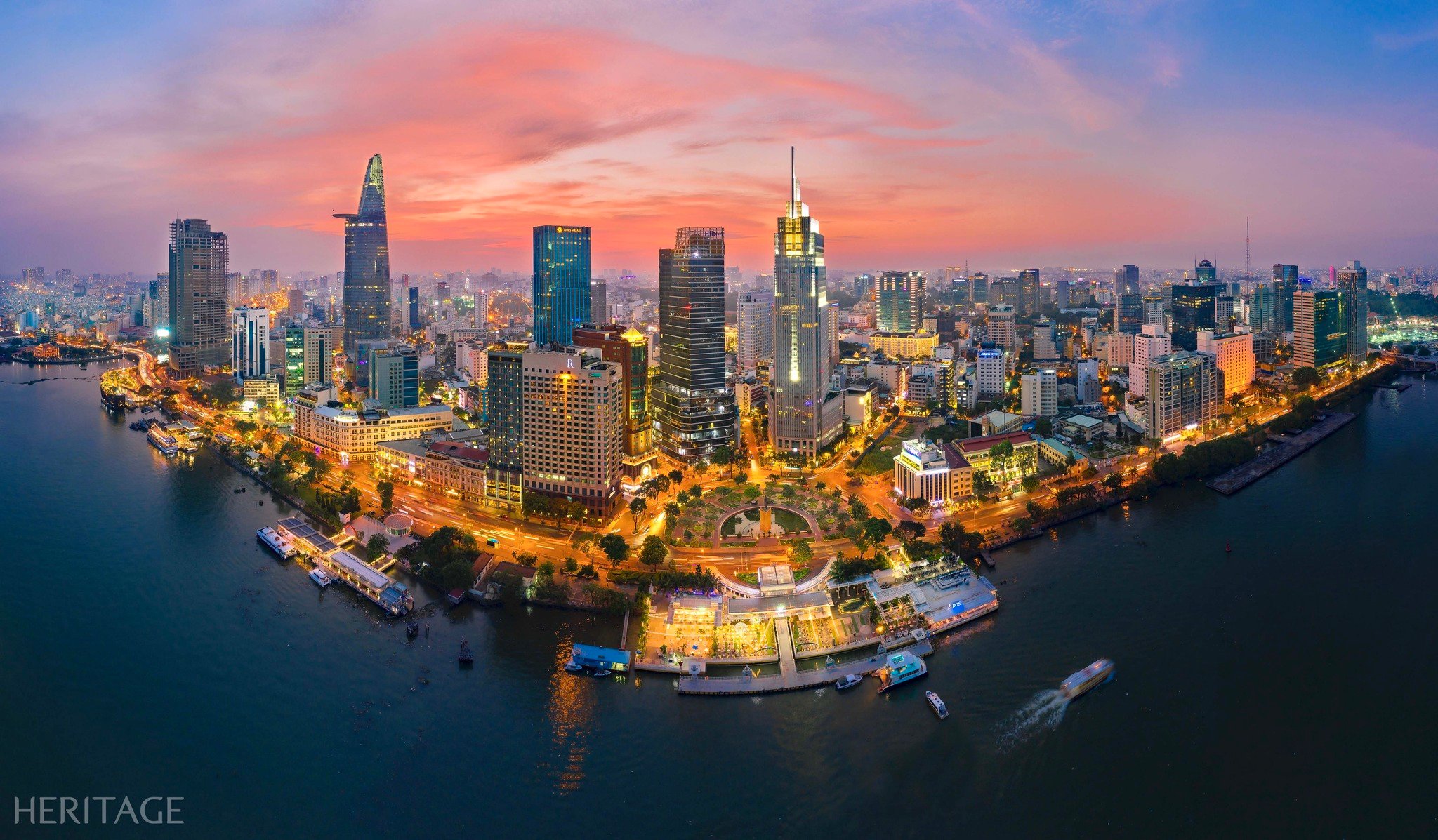

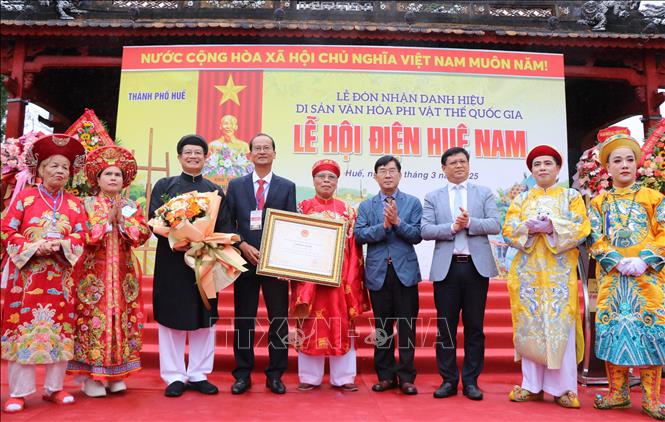

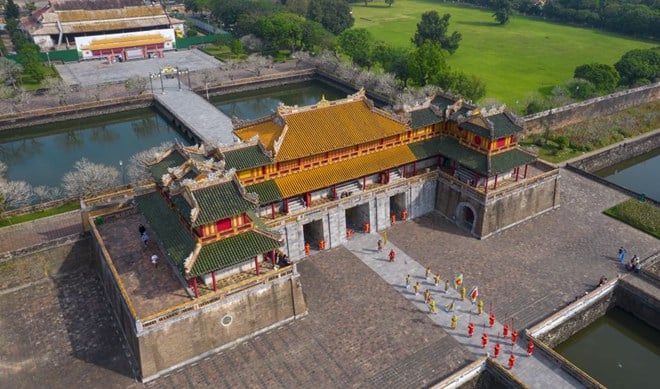



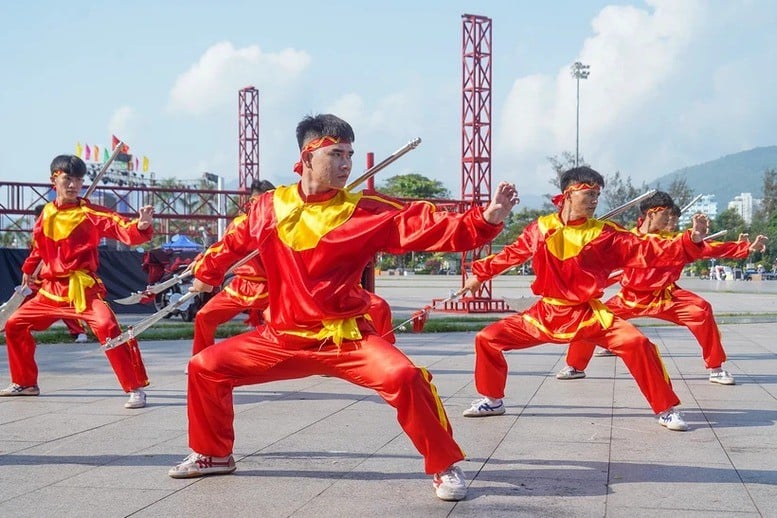




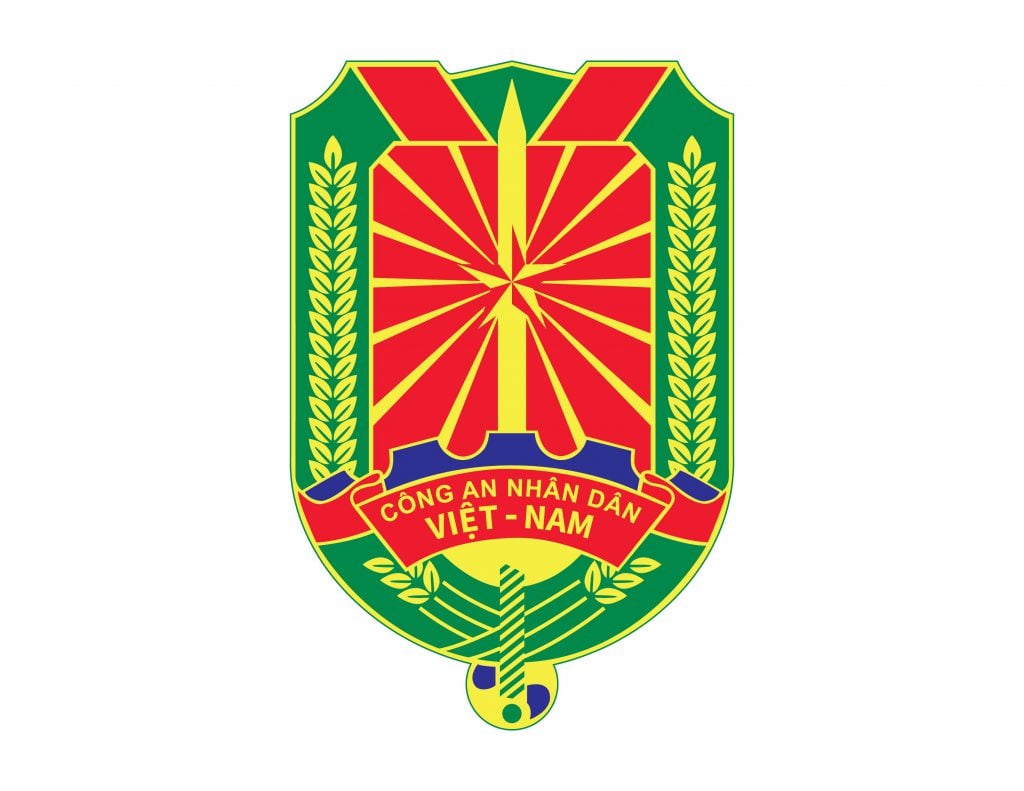
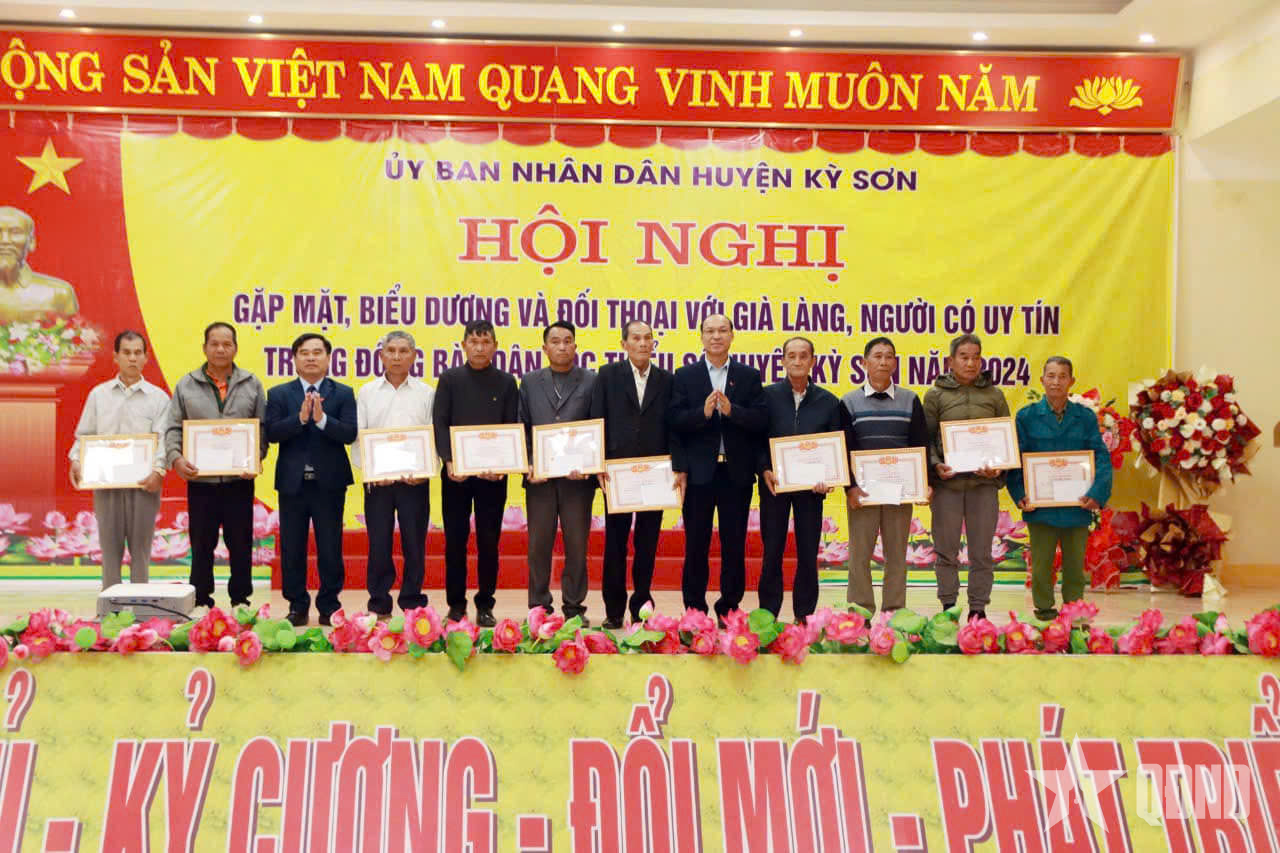


















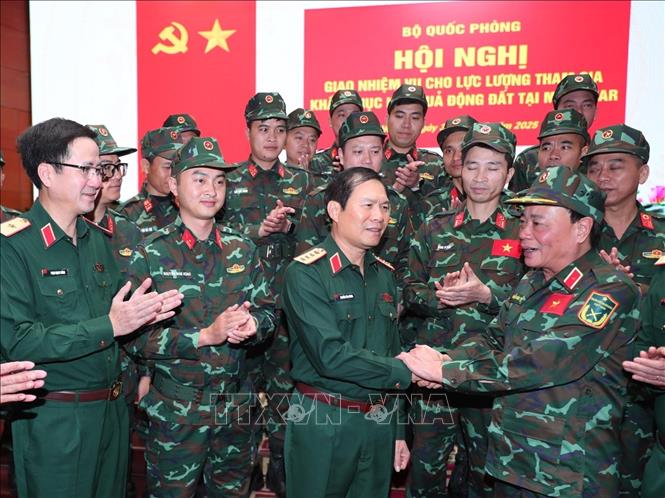

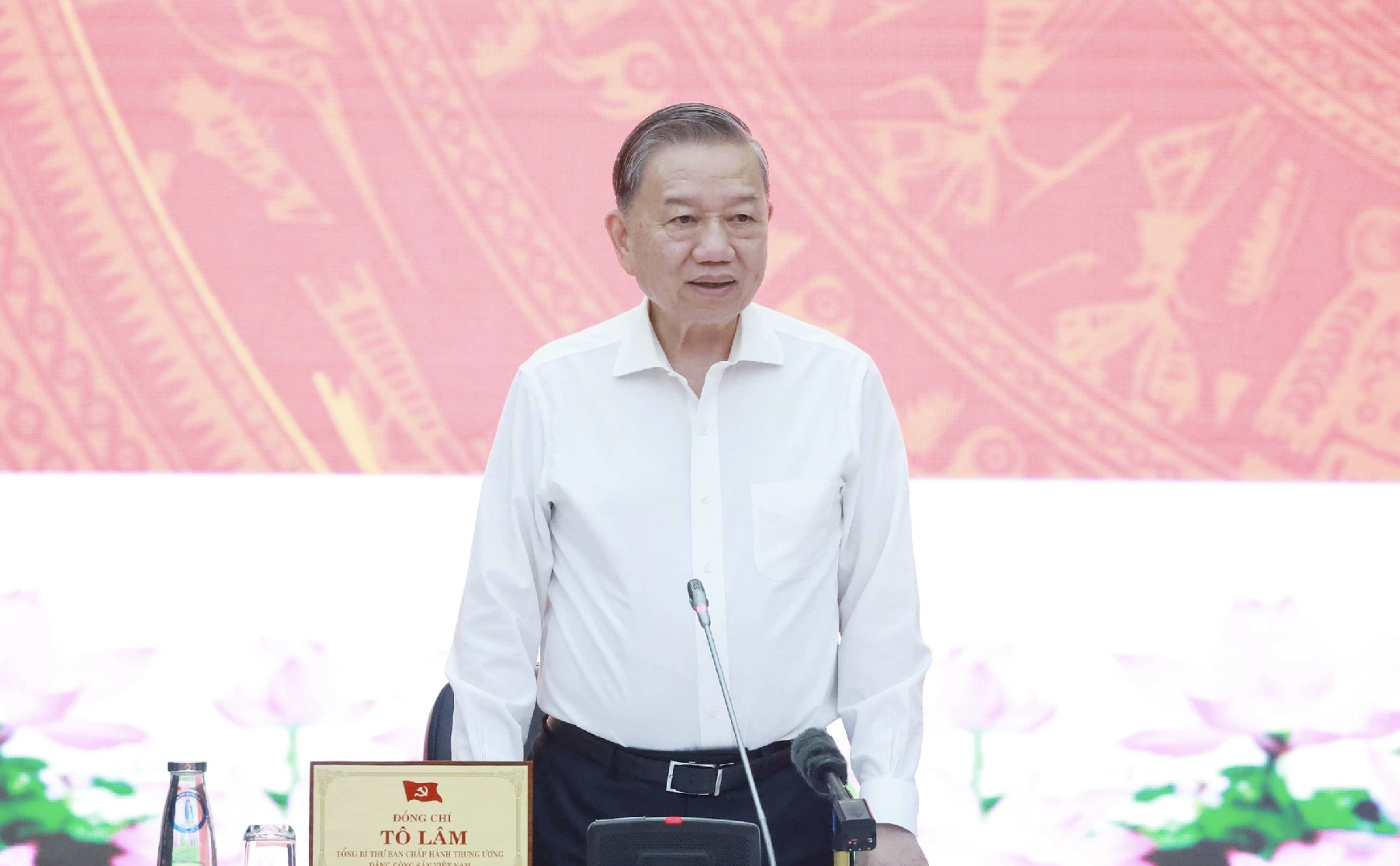




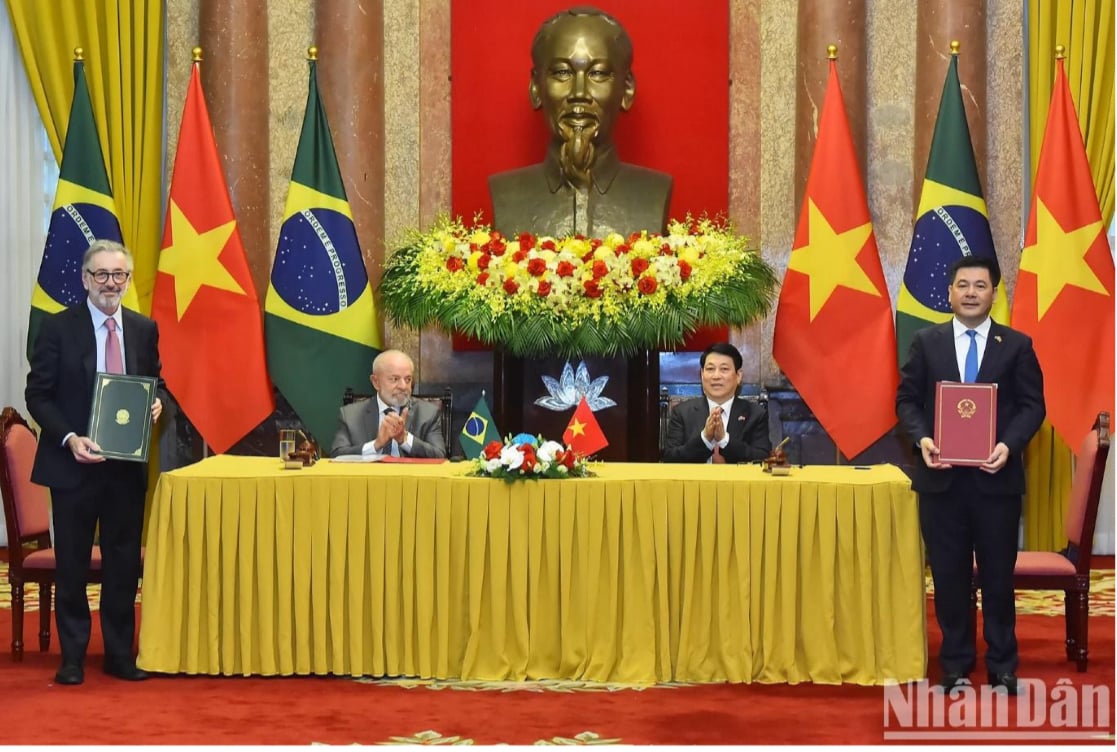

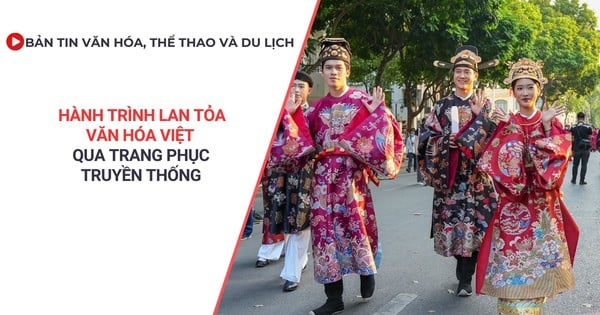

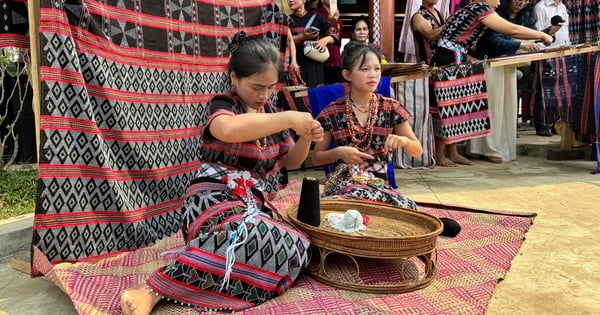


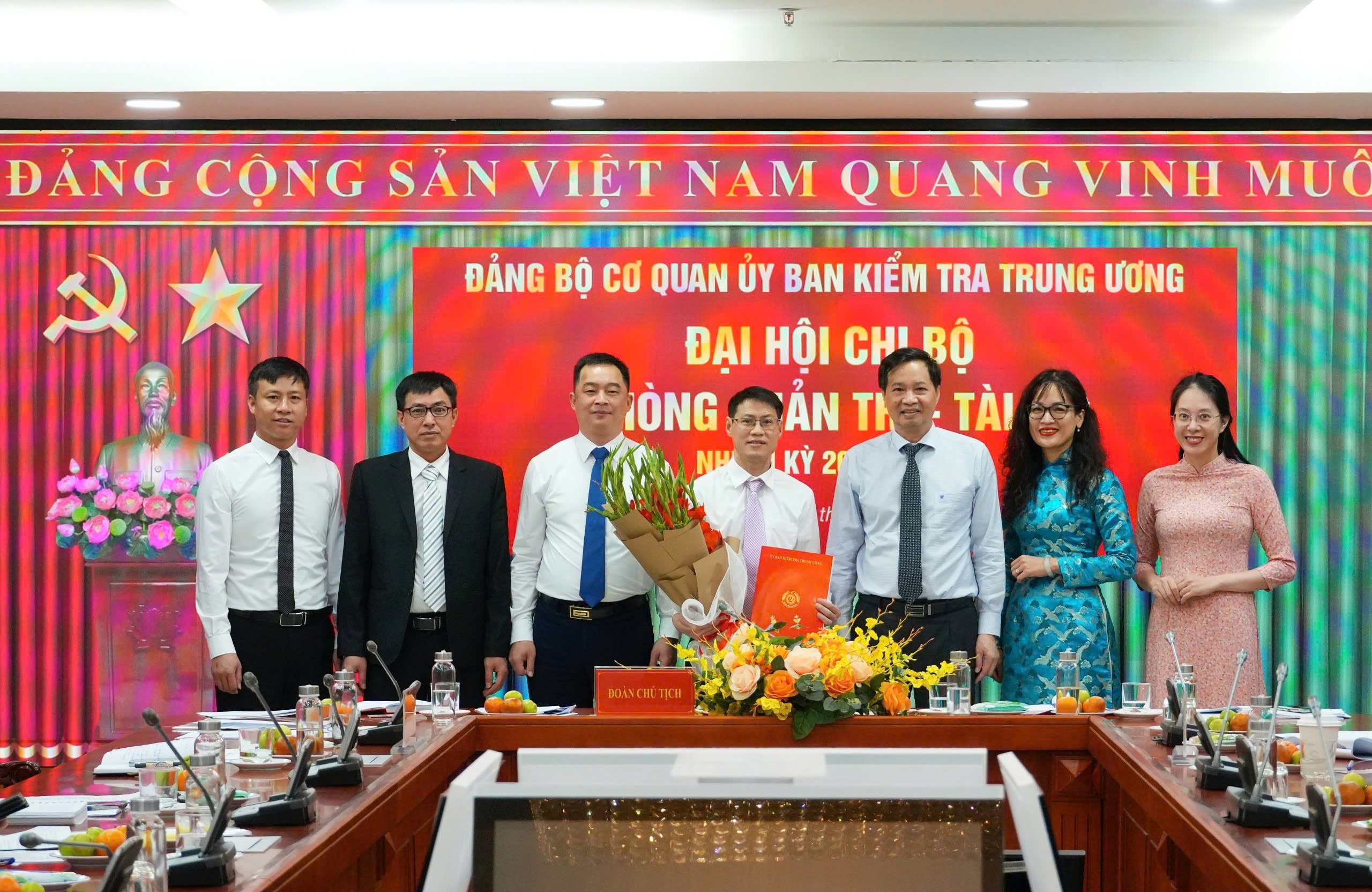
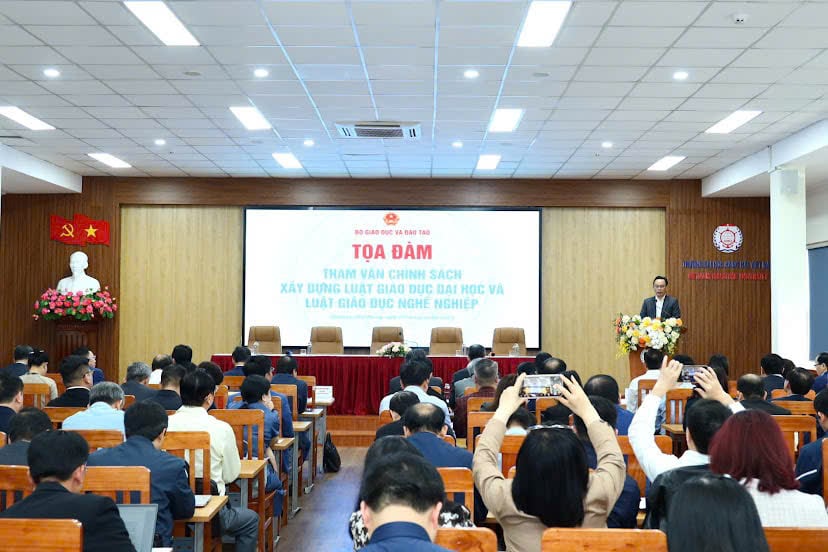




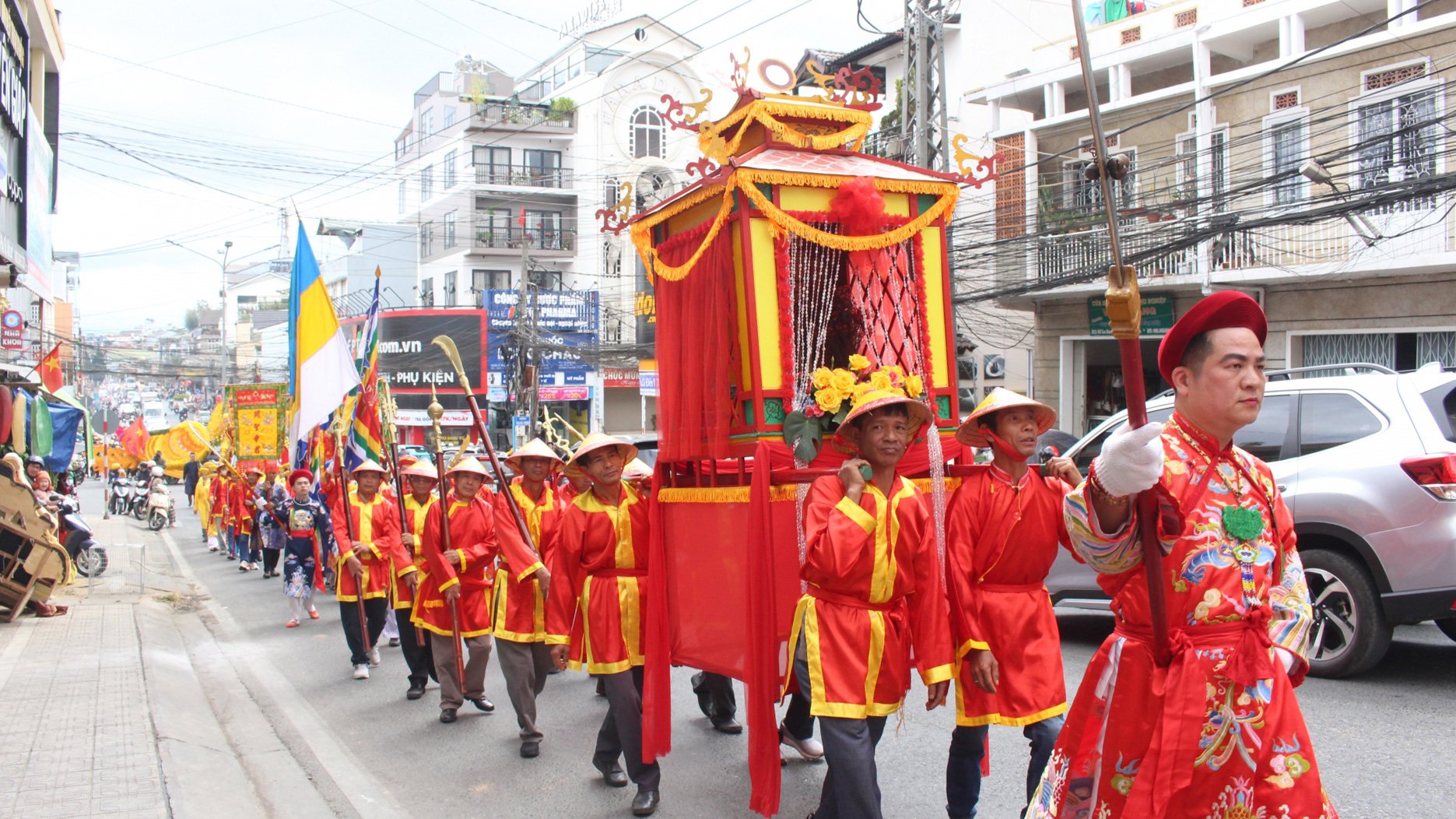





![[REVIEW OCOP] An Lanh Huong Vet Yen Cat](https://vstatic.vietnam.vn/vietnam/resource/IMAGE/2025/3/27/c25032328e9a47be9991d5be7c0cad8c)




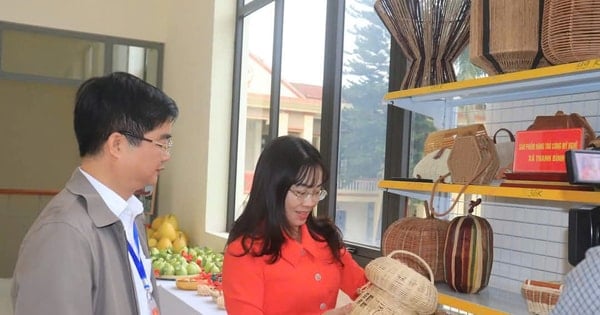
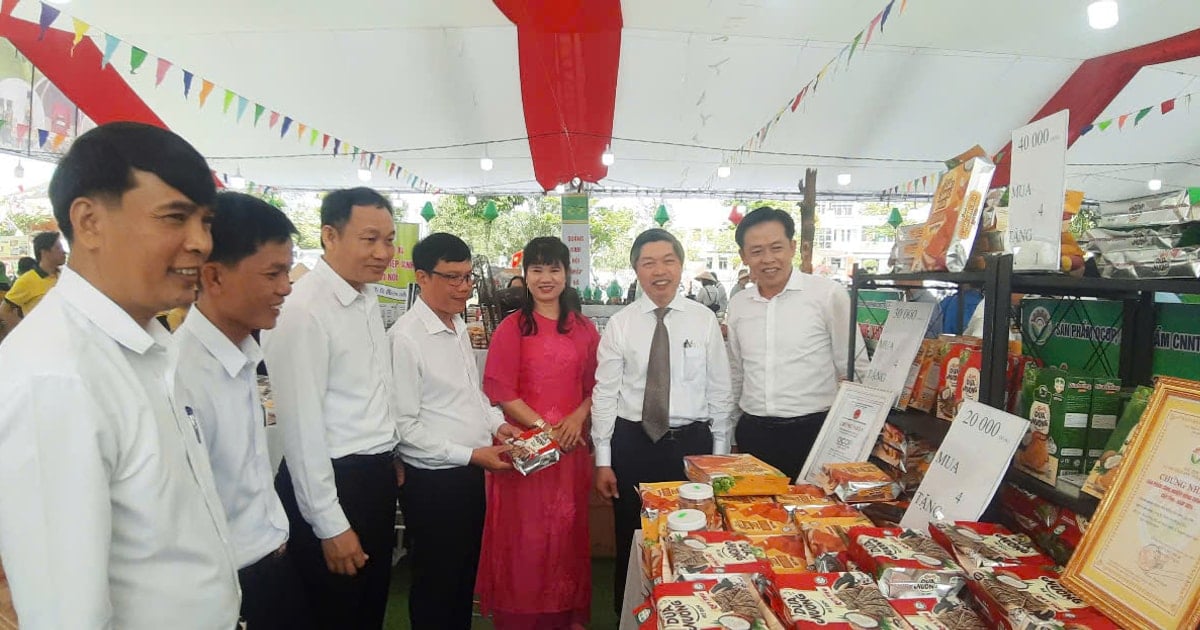
Comment (0)